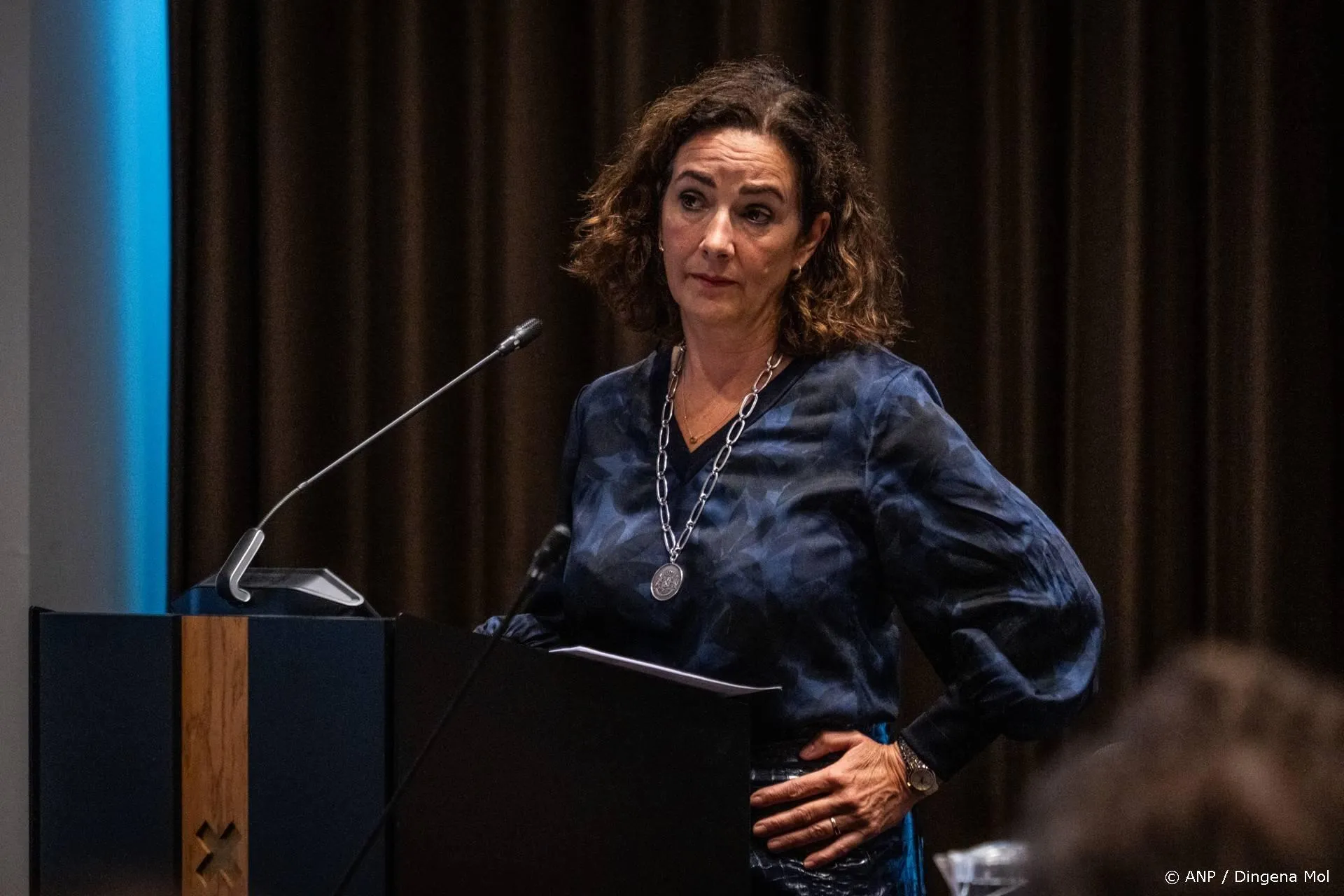Klimaat: tegels lichten
Naast Climategate en al die andere 'gates' is er nog de tot dusver nagenoeg onopgemerkte Nordicgate. De ruwe temperatuurdata van de Noordse landen laten met uitzondering wellicht van het dichterbevolkte Denemarken geen of nauwelijks opwarming zien.
The Institute of Economic Analysis, a Moscow-based independent economic think tank, alleged in a paper released Tuesday that climate change data involving Russia appears to have been tampered with. The claim was made based on an analysis of newly available data from the U.K.-based Hadley Center for Climate Change, which is affiliated with the Climate Research Unit at the University of East Anglia. The latter is at the center of the recent climategate controversy.
The IEA unfortunately does not offer English-language versions of its reports on its Web site. However, Andrei Illarionov, IEA founder and editor of the report, is also a senior fellow at the free market Cato Institute and talked to IBD about the reports conclusion.
The Hadley Center as well as the CRU ... about a week ago, put up on a Web site the data they used for calculating global temperatures, said Illarionov. It looks like that, based on this information, the (climate researchers) selected particular (meteorological) stations on the Russian territory and rejected using some other stations. (The report) is an analysis of what stations have been used, what stations have not been used and based on this analysis it looks like the real actual temperature dynamics .. . in Russia, that is the increase in warming, have been artificially increased by 0.64 degrees Celsius.
As much as the scientists at the center of Climategate wish it would just fade away, new evidence keeps surfacing to fan the flames of controversy. The latest item regards weather monitoring stations situated in remote parts of rural China.
The Climategate e-mails implicate two influential climate researchers in fraudulent cover-up of Chinese temperature data. According to The Guardian, the numbers didn't fit with their climate models showing dramatic rise in global warming. The researchers are Dr. Phil Jones, director of the Climatic Research Unit (CRU) of East Anglia University (a group influential in composing the UN's keystone climate reports), and Dr. Wei-Chyung Wang, a professor at the University at Albany.
In 1990, Jones and Wang published a paper in the journal Nature concluding the "urban heat effect" has little to do with global warming. They used temperature data from a quickly urbanizing area of eastern China to illustrate their findings, specifically data from 84 weather stations with few significant moves. The issue of moves was important to prove how significantly urban sprawl affected temperature readings at originally outlying stations over time. The UN's 2007 climate report, known as the Fourth Assessment Report or AR4, quoted the Nature paper saying that urban sprawl has little to do with rising global temperatures.
Once AR4 made its debut, mathematician Doug Keenan questioned the legitimacy of the Jones/Wang research and accused the climate scientists of fraud. Of the 84 stations Jones and Wang referenced, Keenan discovered that 35 of them had substantial moves and the remaining 49 had no histories, so moves could not be determined. His findings were published in the peer-reviewed journal Energy & Environment.
GISS, based at Columbia University in New York City, has adjusted over a centurys worth of temperature records from the vast Queensland State (the Sunshine State) to reverse a cooling trend in one ground weather station and increase a warming trend in another to skew the overall data set.
We dont dispute the fact that there has been some cyclical warming in recent decades most notably from 1979 to 1998 but cooling took place from the 1940s to the late 1970s, again after 1998, and especially after 2001, all while CO2 rose. This fact alone questions the primary role in climate change attributed to CO2 by the IPCC, environmental groups, and others.
However, the global surface station data is seriously compromised. There was a major station dropout and an increase in missing data from remaining stations which occurred suddenly around 1990. Just about the time the global warming issue was being elevated to importance in political and environmental circles.
A clear bias was found towards removing higher elevation, higher latitude, and rural stations the cooler stations during this culling process, though that data was not also removed from the base periods from which averages, and then anomalies, were computed.
The data also suffers contamination by urbanization and other local factors, such as land-use/land-cover changes and improper siting.
There are also uncertainties in ocean temperatures. This is no small issue, as oceans cover 71% of Earths surface.
These factors all lead to significant uncertainty and a tendency for overestimation of century-scale temperature trends. A conclusion from all findings suggests that global databases are seriously flawed and can no longer be trusted to assess climate trends, or rankings, or to validate model forecasts. Consequently, such surface data should be ignored for political decision-making.
Lees ook
Loading



